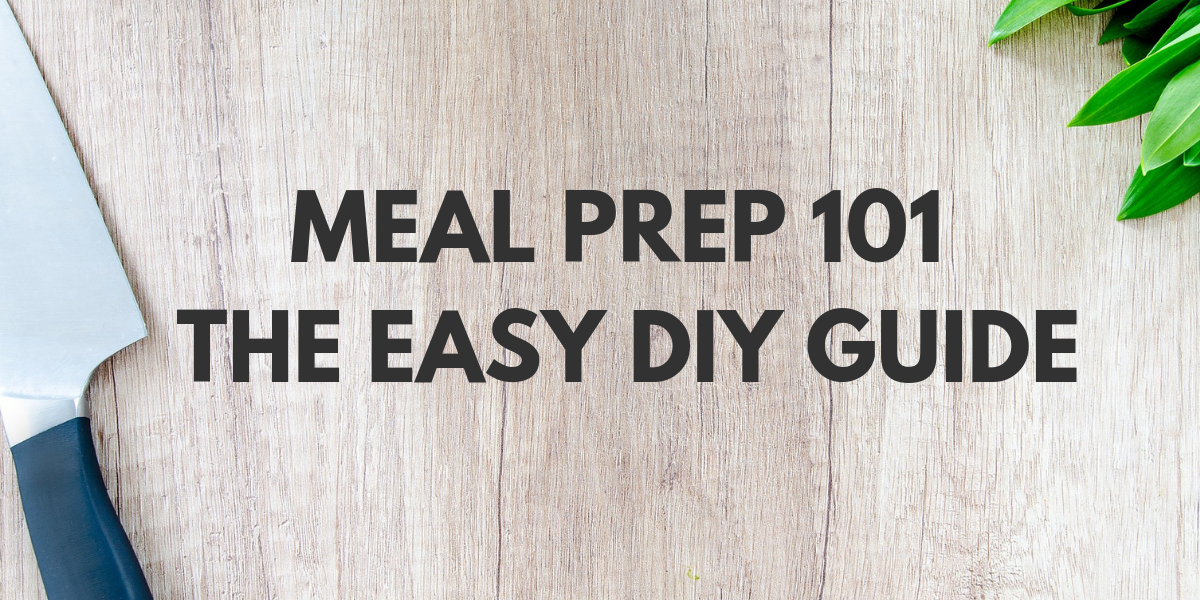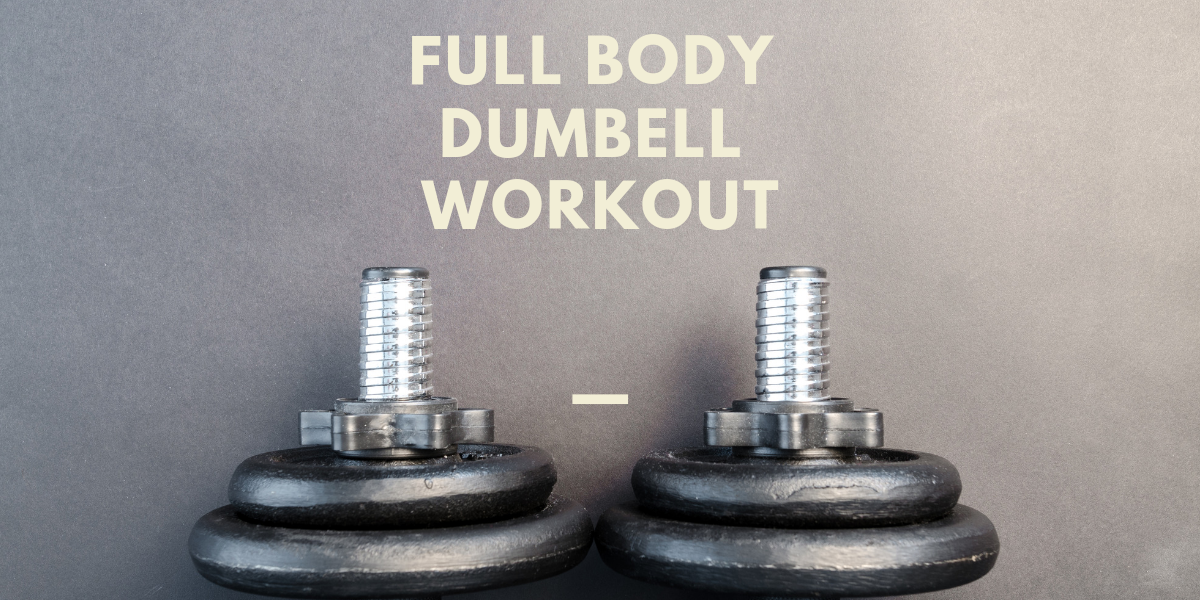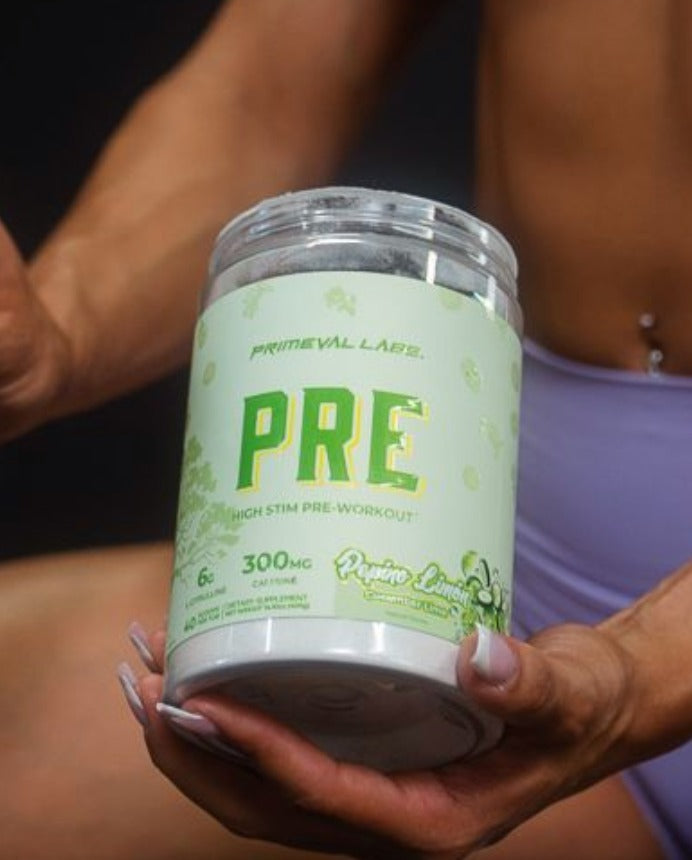If you want to know how to meal prep like a pro and make the process of losing fat, building muscle, and increasing strength significantly easier, then you want to read this article.
Whether your goals are to build muscle, burn body fat, or improve athletic performance, what ultimately dictates the success of your goals boils down to your diet. Make no mistake, workouts and sleep are essential to any body transformation, but even the most perfectly executed workout and training plan can be sabotaged by a poor diet.
DIETING? TRY ADDING THESE SUPPLEMENTS
TO YOUR PLAN
EAA MAX ENERGY
$34.99
- 4 Delicious Flavors
- Features all 9 essential amino acids
- Contains caffeine
There’s a reason the saying “abs are made in the kitchen” exists, in the first place.
And when asked what is the biggest struggle for most people when it comes to building muscle and shedding fat, it’s not the training part...it’s the eating.
The reason this is so difficult is it that restructuring one’s diet involves undoing a lot of bad habits, sometimes habits that have been an integral part of your daily life for years.
But, all hope is not lost.
Restructuring your diet, erasing bad habits, and learning to eat healthy is possible, and relatively painless too.
And, best of all, anyone can do it.
Yes, you read that right. Anyone can get out of their food funk and get on the road to health and wellness.
All it takes is a bit of planning and preparation.
As they say “failure to plan is planning to fail.”
In fact, a study in the American Journal of Preventive Medicine found that individuals who spent more time planning, preparing, and cooking their own food were more likely to have better overall dietary health (i.e. higher intakes of fruits, vegetables, and protein and less reliance on fast food and dining out.[1]
Here we present the easy, do-it-yourself guide to meal prep.
As an “appetizer” to the step-by-step guide to meal prepping, check out the benefits one can obtain from planning and preparing their own food.
As an “appetizer” to the step-by-step guide to meal prepping, check out the benefits one can obtain from planning and preparing their own food.
10 Benefits of Meal Preparation
If you’re wondering why you should consider preparing your own meals instead of ordering takeout, buying premade meals from a food delivery service, or crashing your in-law's dinner table every night, consider these benefits.
- Saves money
- Saves time
- Portion control
- Knowing exactly what’s in your food
- Significantly easier to track macros and stay in line with your diet & calorie goals
- No more time wasted wondering “what’s for dinner?”
- Better quality food -- you know what’s going into what you’re cooking
- Eat the foods YOU actually enjoy eating
- Develop new culinary skills
- Experience new foods
How Do I Meal Prep?
By now, most of us know what meal prep is, or we’re at least relatively familiar with the concept. The issue for most people is that they struggle with knowing how, where, or when to start.
That’s where this guide comes in.
Here, we’ll give you a step-by-step guide to become a meal prep pro, and it all begins with…
Determining Your Calorie and Macronutrient Needs
Before you can start creating your shopping list, peeling your first carrot, or cooking your first meal for the week, you need to have a rough idea of how many calories your body needs to maintain its current weight. This number is known as your total daily energy expenditure or TDEE.
There is an endless number of TDEE calculators available on the internet, and we’ve created a complete DIY guide to calculating TDEE to help you estimate your daily caloric needs.
Once you have this number, then you can determine your macronutrient needs and divide your daily calories between protein, carbohydrates, and fat.
This brings us to the next step of meal prep 101…

Plan Your Meals
In a perfect world, everyone would prep and cook all of their food for the entire week on a single day.
Unfortunately, the world isn’t perfect, and most of us don’t have the time or desire to devote an entire day to do all of the planning, shopping, prepping, cooking, and cleaning that is required to prepare a week’s worth of food in a single day.
Furthermore, if you’re new to the concept of meal prep, undertaking such a daunting task can seem incredibly overwhelming and even a bit discouraging.
The best way to enter into the meal prep universe is by starting small...even if you’re only prepping one meal of the week, such as the lunch you take to work every day. While it may seem small, even modest amounts of meal prep can go a long way to helping you stay on track with your diet and achieve your desired physique and performance goals.
Furthermore, if you are a meal prep newb and don’t tend to cook that often, now is not the time to get overly creative or ambitious with your cooking abilities. Keep things simple. This will limit the time spent in the kitchen and minimize potential frustrations that can happen while learning a new recipe or cooking technique.
Now, “simple” doesn’t mean boring, bland, or tasteless.
Some of the best-tasting dishes in this history of mankind are simple. The same could be said for workouts.
A simple workout (or meal) executed flawlessly will beat a complex training program (or dish) executed decently every time.
Also, don’t be afraid to eat the same foods every day. This helps limit the number of different foods you have to purchase at the store (which saves money) as well as the number of different meals you have to prep for the week.
Choose Foods That Reheat Well
Spend enough time cooking meals for yourself, and you will quickly realize which foods do and do not reheat well.
Foods like casseroles, lasagna, stir fry's, and soups reheat incredibly well, and oftentimes actually taste better the second (or third) day. Dishes that do not heat well are things like pizza, burgers, eggs, and fried foods.
Make a Shopping List
Now that you’ve decided which meals you will prepare for the week and what foods are going to go into those dishes, now it’s time to make a shopping list.
To limit your time spent in the grocery store (as well as reduce the likelihood of making an impulse purchase), it helps to organize your shopping list by categories.
Different categories that should be included on your grocery list include:
- Proteins
- Fresh produce (fruits and vegetables)
- Dried goods (pasta, whole wheat bread, oats, canned tomatoes, etc)
- Spices & Seasonings
- Frozen (frozen fruits and vegetables)
- Eggs & Dairy
- Household items
Now that you’re armed for battle, you can hit the grocery store with a plan of attack and accomplish your mission to get in and out as quickly as possible.
Note: to save a few extra bucks, make sure to check the weekly grocery ads delivered in the mail or through any number of the coupon apps available. While it may seem tedious, all of the buy one, get one and $0.50 off coupons add up to big savings at the end of the year.
Start Washing, Cutting, Cooking, and Packaging
Assuming that you are meal prepping the same day that you are grocery shopping, once you’re back from the store, it’s time to get to work.
Begin your weekly meal prep by prepping all of your food (for as many meals as you’re cooking) first. Doing all of the slicing, dicing, and chopping for all of the meals will save you more time in the end than prepping each meal’s ingredients separately and then cooking each individually.
Also, be aware that you don’t have to cook everything in one day. If you prefer to have some foods a bit fresher, then you can wait to prepare those closer to the time you will be eating them.
Roast Vegetables Together
This is a HUGE time saver when it comes to meal prep.
Roasting vegetables is a “hands-free” method of cooking that also infuses the vegetables with a ton of flavor.
Instead of cooking each batch of vegetables for each meal separately, batch cook your veggies by roasting them at the same time.
Now, you’ll want to organize your vegetables a bit by their respective roasting times as some veggies are quicker cooking than others.
Examples of “slow” roasting vegetables are:
- Potatoes
- Carrots
- Broccoli
- Cauliflower
- Onions
Examples of “quick” roasting vegetables are:
- Bell peppers
- Asparagus
- Summer squash (zucchini)
- Mushrooms
Divide and Store Meals
Now that your food for the week is cooked, it’s time to store it.
For this, it helps to have compartmented containers as it allows you to keep your protein, starches, and vegetables separate from each other.
If you’re going to be using the microwave to reheat your meals, it’s generally recommended to go with glass containers to avoid any potential leaching of chemicals in plastic into your food.
Takeaway
Meal prep can seem daunting at first, and if you feel a bit overwhelmed, relax. Even the most culinary-challenged individual can achieve meal prep success by following these simple steps:
- Calculate how many calories you need
- Figure out your macronutrient targets
- Make a list of meals you enjoy eating and want to prepare
- Create a shopping list and go to the grocery store
- Prep, cook, package, and clean
- Eat when it’s mealtime
References
- Monsivais, P., Aggarwal, A., & Drewnowski, A. (2014). Time Spent on Home Food Preparation and Indicators of Healthy Eating. American Journal of Preventive Medicine, 47(6), 796–802. https://doi.org/10.1016/j.amepre.2014.07.033










Leave a comment
This site is protected by hCaptcha and the hCaptcha Privacy Policy and Terms of Service apply.